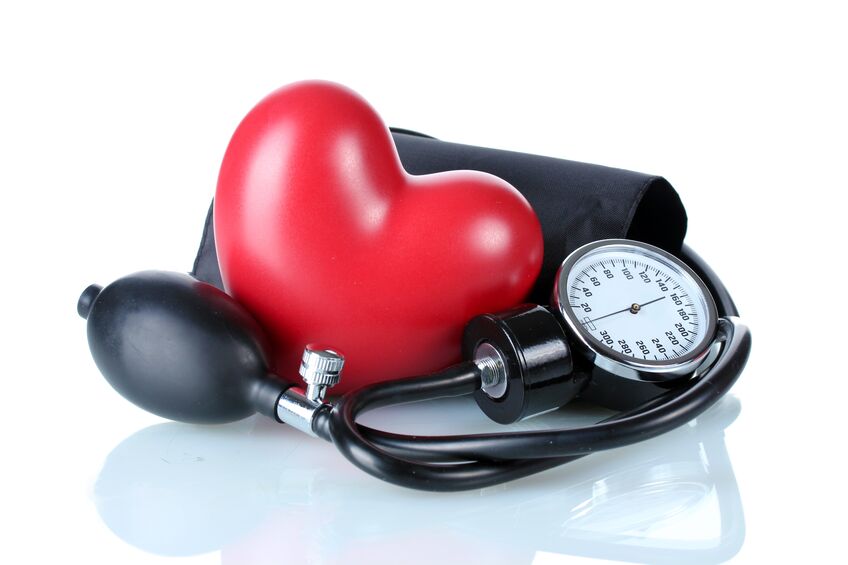Note that your final mark will not be saved in the system.
B1 Physiological indicators GapFill
You must fill all the gaps before clicking ‘Check Answers!’

Our body can give us many clues about how well it is working. By looking at small, specific of our physiology, we can assess how well different areas of our body are functioning. These physiological ‘clues’ can also act as evidence of serious problems.
| Pulse | Your pulse is felt as a throbbing sensation in your arteries as your heart works to pump blood around the body as part of the system. Your pulse is in time with the beating of your heart, and therefore shows the speed of your . Your ‘resting heart rate’ is the rate at which your heart pumps when you are at rest, i.e. not exercising. Your ‘ ’, on the other hand, is taken immediately after exercise. Your heart rate will be much higher during exercise, and should return to normal fairly quickly following exercise, if you are fit. |
| Blood pressure | Blood pressure also relates to your cardiovascular health, as it is a measure of the degree of force used to pump blood around your body by your heart. Blood pressure is measured with a special machine called a ‘ ’ – it has a cuff that goes around your arm and squeezes it for a few seconds. As the cuff releases, the machine takes the readings which indicate the strength of your blood pressure. Your blood pressure reading involves two measurements: blood pressure and diastolic blood pressure. This is presented with the diastolic number second. As the numbers from the reading represent millimetres of , they are followed by ‘mmHg’ – for example, a blood pressure reading might be written as 140/80 mmHg. |
| Body mass index | Your body mass index (BMI) is a metric that indicates whether or not you are at a healthy weight for your height. Calculating an individual's BMI involves dividing their weight in by their height in metres squared. BMI as a metric has its limitations, and does not always apply to all people in the same way. For example, the BMI figure might be misleading for very muscular athletes. This is because muscle is more dense than , and therefore will produce a high BMI, even though the athlete is fit and healthy. BMI also measures men and women along the same scale, despite women having more body fat. Additionally, BMI does not apply to women. |